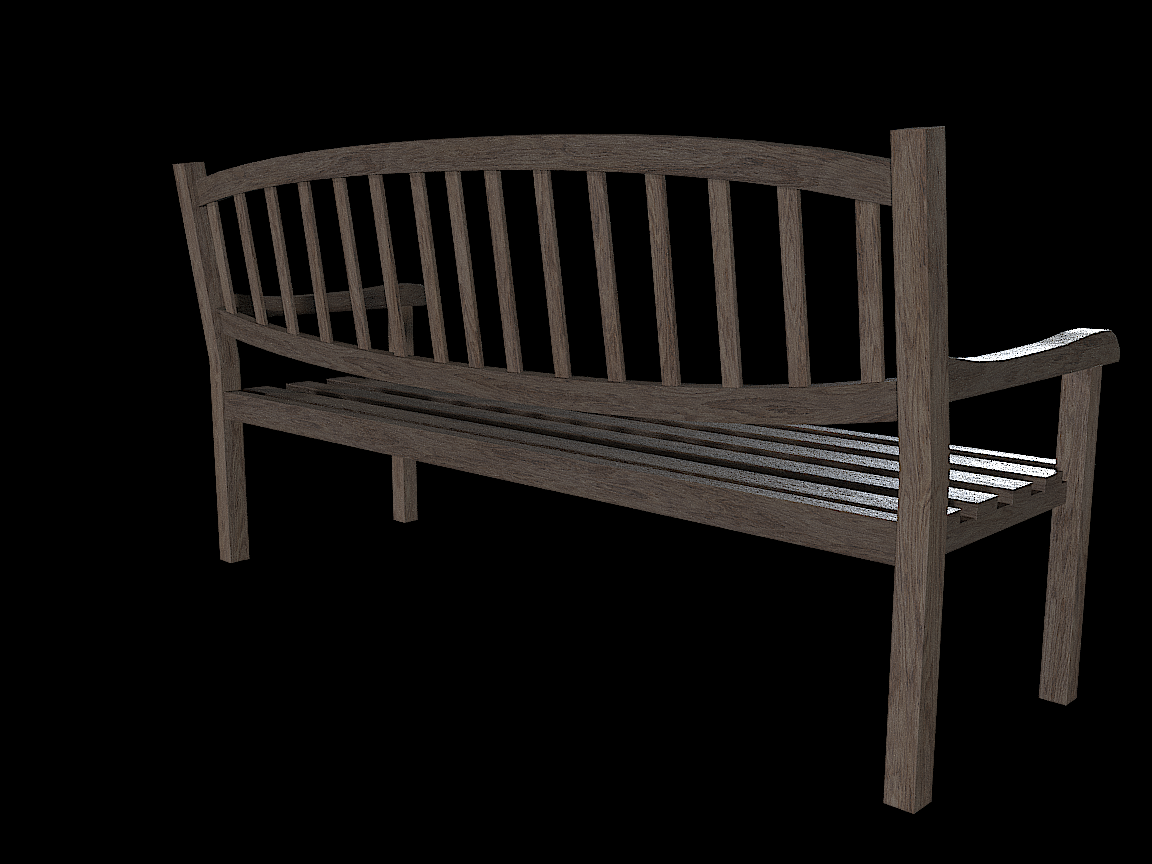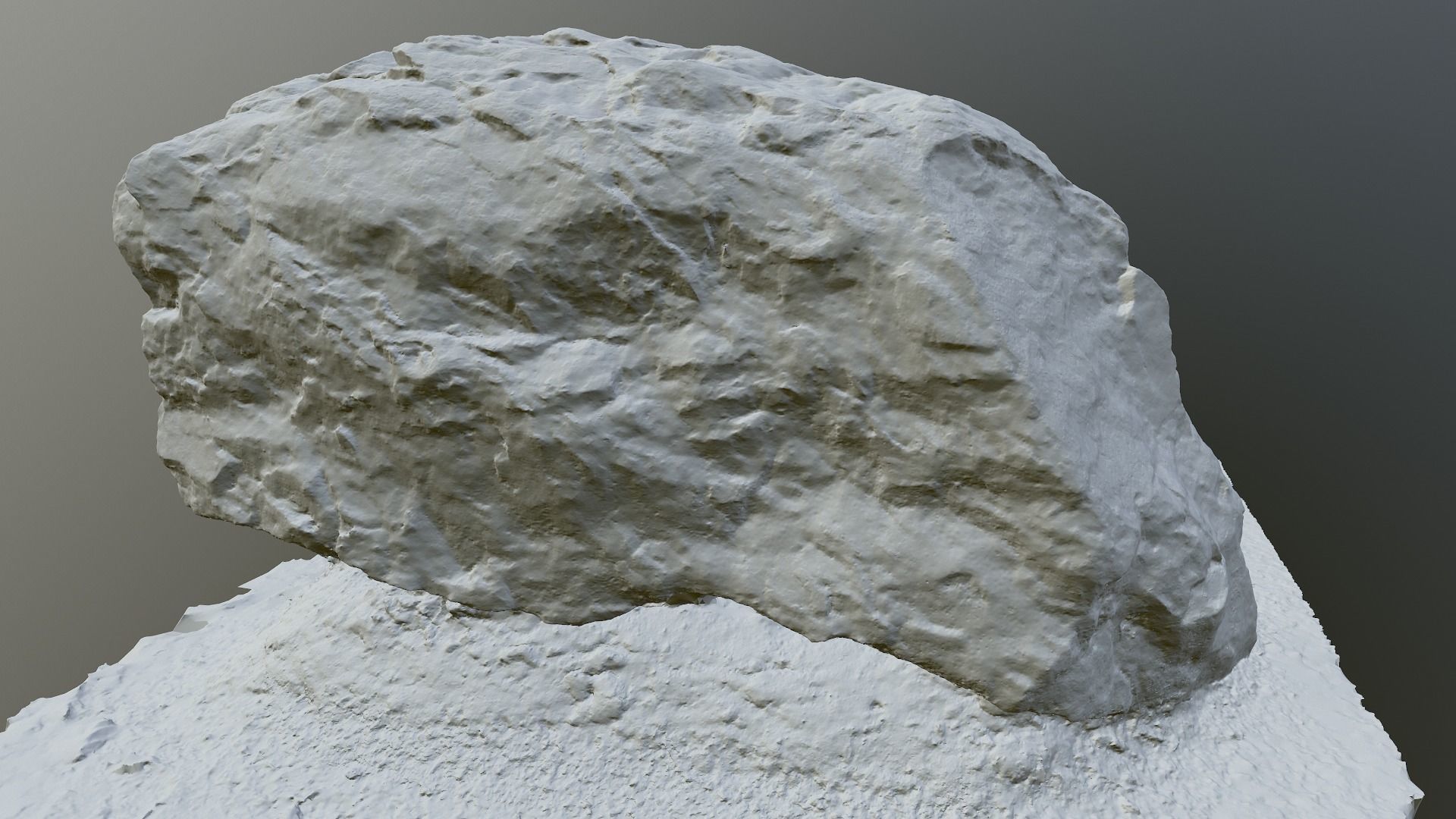

In Scannable, for instance, the app identifies the document you want to scan on-screen and quickly imports it. In the demos I've seen, Google Photos successfully identified the same individual from the present, all the way back to baby photos that were added with Google PhotoScan.Įvernote and the Evernote Scannable App also make it simple to capture images of printed photos and documents. You can also impress your friends on Instagram with your use of IRL filters.Ī notable point about uploading to Google Photos is that Google uses advanced facial recognition that identifies the same person over the course of many years. Alternatively, you could also edit and share images from third-party apps like PicsArt Photo Studio. If you upload your images to your Google Photos library, you can take advantage of the service's editing and sharing tools, as well as its powerful photo search feature. You can opt to pay for storage with Google Photos if you want to store uncompressed images. Keep in mind, however, that by default only a compressed (but still high-quality) image will be kept in Google Photos, while the original scan will remain on your phone.

If you opt to upload your scanned photos to Google Photos, you can rest assured they will be safe for the foreseeable future thanks to the service's free, bottomless storage. I was unable to confirm this, but it seems very likely. It occurs to me that it might also be possible to scan paintings or works of art in a gallery setting. I was told that it is even possible to scan slides, if they are projected onto a wall. Google says, however, that the app will work just as well with pictures on wall, under glass, or mounted in a scrapbook. In my time with the PhotoScan app, I only scanned pictures that were on a table. These images are then overlaid and aligned, using Google's deep neural net technology, and any bright spots removed. This works because PhotoScan takes four separate images when you hold the phone over the dots displayed in the app. Most importantly, PhotoScan removes all the glare from your snapshots, regardless of your lighting conditions or if the original picture is glossy or matte. Images are also correctly rotated, thanks to Google's machine-learning algorithm. In the examples I saw, I noticed that a little bit of the background could still be seen in some scanned images, but it's easily fixed with a little cropping. The final image is cropped to the correct size, removing most of whatever surface on which the original photo sat. This is apparently the preferred method, but you can toggle it off if you want. It's very fast.īy default, the app turns on your phone's flash during the scanning process.

The whole process, from pressing the shutter to admiring your digitized picture, takes between 15 and 30 seconds. After you've hit all four points, the app spits out your complete, scanned image. You'll want to physically move the phone, not just tilt it, while keeping your device as level as possible. (I'll explain why in a bit.) You then move your phone until it's centered over each dot, pausing until each turns from white to blue. When you tap the shutter button, the app overlays four white dots on the image you want to scan. You'll want to get in close, until the photo fills most of the viewfinder. The color of the background can be dark or light, and I managed to scan images on a slight incline, although a flat, level surface is preferable. Hold your phone over the image you want to scan.


 0 kommentar(er)
0 kommentar(er)
